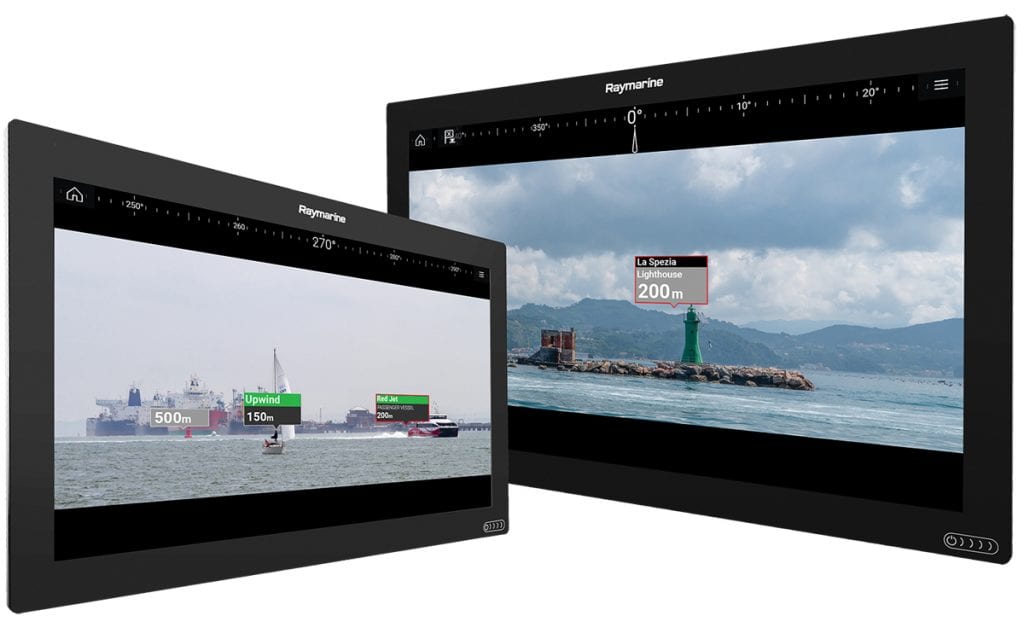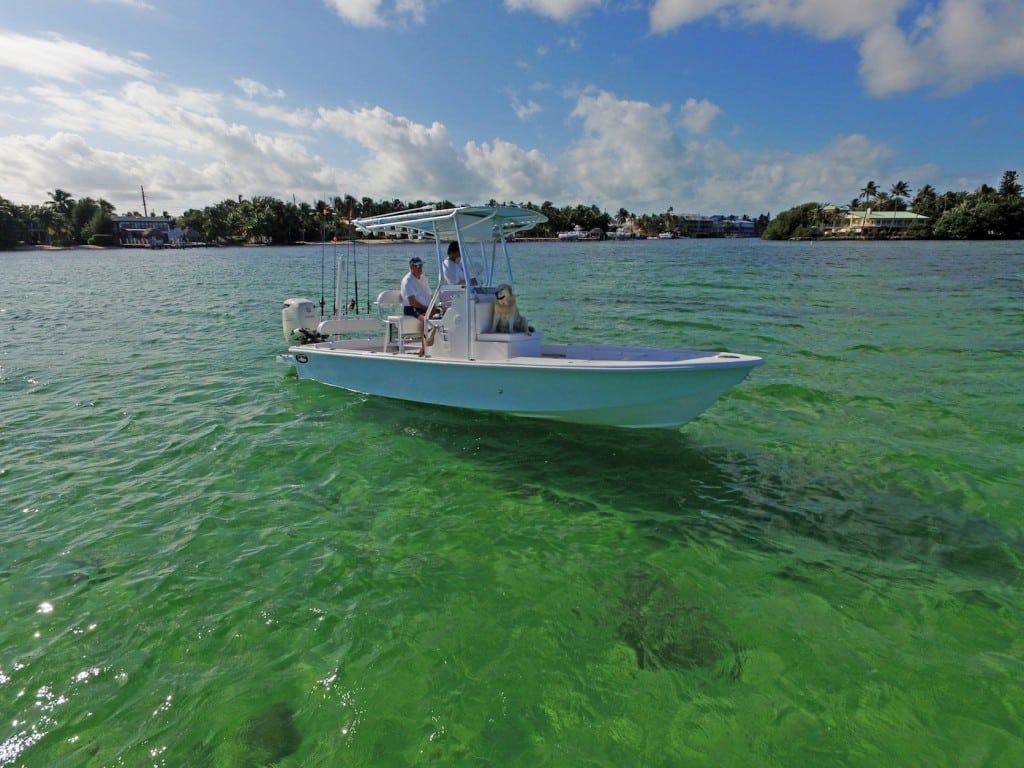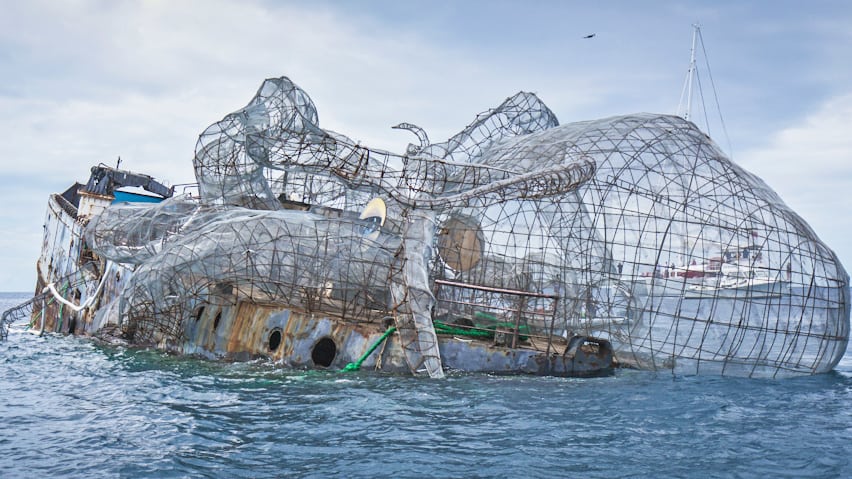Situational Awareness
Three great ways to enhance your situational awareness
Situational awareness is the state of knowing what’s going on around you. In essence, it’s a combination of observation and orientation that can help you make better decisions and possibly save your bacon if things go really sideways.
Decades ago, GPS and digital cartography went a long way to improve our situational awareness of where we were on the planet. (For anyone who still remembers dead reckoning or celestial navigation, you know what I mean.) But understanding the environment and our place in it can always be improved. Here are three ways to better grasp exactly what’s ahead, behind, below, in the dark, and in heavy rain to take the stress out of boating.
SiOnyx Aurora Night Vision Camera
Running in low-light situations can be a challenge. Going fishing before the sun is up, entering a strange harbor at night or managing a man-overboard situation are tense moments when a night vision camera comes in handy.
Night vision technology works on either heat or light. Thermal cameras focus on heat sources but they don’t penetrate glass, so you can’t use them from inside a pilothouse. Other cameras amplify ambient light with differing degrees of success. A new take on night vision is the SiOnyx Aurora, a camera with an ultra-low-light infrared sensor that provides color vision in the dark. (You can use it in the monochrome mode as well, but the color really helps orient you.)
Weighing just under eight ounces and sized for easy onehanded operation, the $800 Aurora has three modes: Daylight, Twilight and Night. The first two amplify visible light while the Night mode uses an infrared sensor. The Aurora must be focused manually (due to the low light nature) and would benefit from a continuous zoom rather than a stepped click zoom. Backlighting on the function icons would be handy, too, as you switch between video, stills, and settings. Why use a flashlight to blow your night
vision just to change the mode?
You can pair the Aurora with iOS and Android devices to watch real-time images on their screens or record for later, and you can also control the camera from your phone. Waterproof to IP67 standards, the Aurora has a built-in GPS, compass and Wi-Fi capabilities and takes nice stills and video in bright sunlight. Best of all, you don’t need to step outside to use it because it works through the glass. Understanding what’s out there in the dark just got a whole lot easier.
Simrad Halo 4 Radar
Nothing delivers magical “sight” like radar that sees through fog, darkness, and rain. Although radar isn’t new, there have been so many improvements on the basic concept that today’s systems almost seem like a bit of voodoo.
Take Simrad’s new Halo 4 that has a 64-nautical-mile range and simultaneously shows you what’s 20 feet ahead (with a 4-foot open array antenna). This solid-state pulse compression radar has a Dual Range mode so you can split the screen to view weather and vessels in the distance and upcoming channel markers at the same time. It can pick up a piling even as you nearly poke it with your pulpit because it has no “main bang” that blind spot created for in-close navigation due to the time delay between when each pulse starts and ends.
The VelocityTrack feature is a motion-tracking Doppler upgrade so you can watch storm cells, and the beam sharpening capability provides enhanced separation between small or distant targets. You can find birds with this radar, and where there are birds, there are fish.
A brushless motor and helical gear train ensure a fast, quiet operation so the updates are frequent and there’s no overhead buzzing. The Halo 4 is ready to go in fewer than 30 seconds from a cold start (versus the normal two minutes), and its emissions are so low that it’s been dubbed “huggable”. I’m not going to hug it, but I’m just saying you could.
Raymarine ClearCruise AugmentedReality (AR)
If you’ve ever strained your eyes searching for that buoy on the horizon and then tried to match it back to what you see on your chartplotter, ClearCruise AR is for you.
Supported by Raymarine’s CAM210 HD cameras and Axiom multifunction displays (MFDs), this augmented reality overlays navigation markers, automatic identification (AIS) traffic, and user-entered waypoints onto real-time high-definition video. At a glimpse, you know exactly which ship is heading your way and where to find channel markers leading to the harbor.
Color-coded labels provide identification, status and risk assessment for AIS targets and clearly show the number and color of that buoy bobbing in the hazy sun ahead. The AR200 video stabilization module includes a GPS/GNSS sensor and an attitude heading reference sensor (AHRS) so the labels move with your boat for easy heads-up recognition. The camera and stabilization module add about $1,200 to an Axiom MFD running Raymarine’s LightHouse 3.7 software, but once you’ve seen ClearView AR, you’ll wonder how you got along without it.
By Zuzana Prochazka, Southern Boating
January 2019













